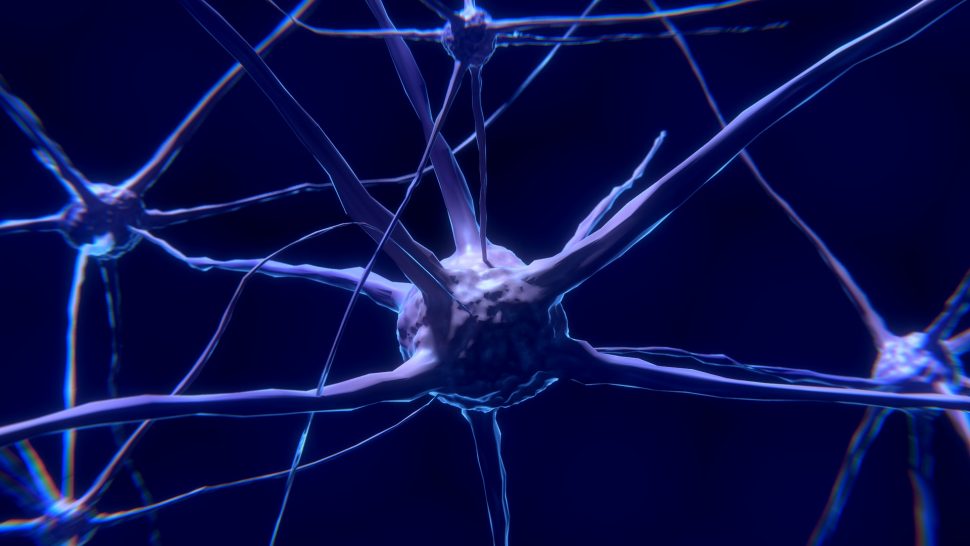Neuroscience of Learning: An Interview with Tracey Tokuhama-Espinosa

The upcoming EdMedia conference will be held virtually from July 6-8. The program contains three keynotes as part of the conference. Keynotes are a great way to connect with experts in the field and learn about current, cutting-edge research. Tracey Tokuhama-Espinosa is giving a keynote titled: Bringing the Neuroscience of Learning to Online Teaching. Her keynote will take place on Tuesday, July 6th at 11:00 am CEST.
Have you attended AACE conferences in the past? What is your connection to this community?
This is my first AACE conference, and I am honored to one of the keynote speakers. I am an avid reader of AACE’s journals (Contemporary Issues in Technology and Teacher Education; Journal of Technology and Teacher Education), and sincerely appreciate the role AACE plays in guiding teachers’ professional development.
What do you see as the future of research for learning in the digital age and the neuroscience of learning?
The future of research on learning in the digital age as it relates to the neuroscience of learning points to many topics, including three “hot” areas. First, the use or portable technology into classrooms and the data analytics they provide. Second, the time that can be saved with the correct integration of technological tools for more personalized reinforcement of concepts, and more time for student-teacher communication. Third, the improved documentation of learning through technology (e.g., e-portfolios).
What do you enjoy most about your current job?
I love humanizing learning by leveraging technology to give me more personalized time with students. I love having self-graded quizzes so I can spend more time motivating learners, rather than just correcting. I love flipping my class so we can have deeper discussions. I love transforming student thinking about how they think they learn.
What does your current home office work space look like?
I have a standing desk near the important books I am using to write a new book with a view of the East River in New York City.
Is this your first virtual keynote?
No, I began doing virtual keynotes in March 2020 starting with the Virtual Spring CUE EdTech conference “in” San Diego and have done about 20 since then.
How do you plan to connect with your audience?
As the format is more of straightforward 40-minute talk, I hope to open with a reflection on a question, then ask for replies in the chat or Q&A. I will break up the talk into “big” ideas to ensure a clear narrative and try and make the information as authentic to the audience as possible. I love speaking conversationally and hate canned speeches, so I will try and be as natural as possible. (My preference would have been to “flip” the conference and send my talk videotaped beforehand so that I could have more time to engage with the audience by calling on individuals to join in on the thought incubation together. Maybe next time?)
What are some of the practical strategies for bringing the neuroscience of learning to online teaching?
There are 40 practical pedagogies that are supported by evidence from the learning sciences that work as well online as they do in face-to-face settings. Teachers select which pedagogy is most appropriate based on the objectives they have for the lesson. The 40 pedagogies fit into 12 categories (attached), which I will be sharing in my keynote.
What key insights do you hope attendees will take away from your keynote?
Key insight: Neuroscience explains why key pedagogies work and can be used to select more appropriate classroom interventions. Key problem that is resolved: Teachers stop being “deliverers” and become learning scientists. They now get to choose which pedagogies save time, get to deeper thinking, improve growth mindsets, facilitate mastery learning, help kids adopt a “feedforward” mentality…Not just deliver content. Key message: There has never been a better time to be a teacher.
